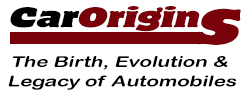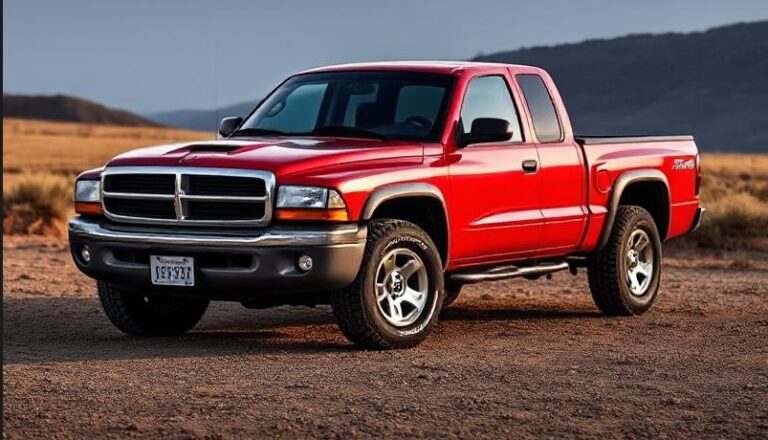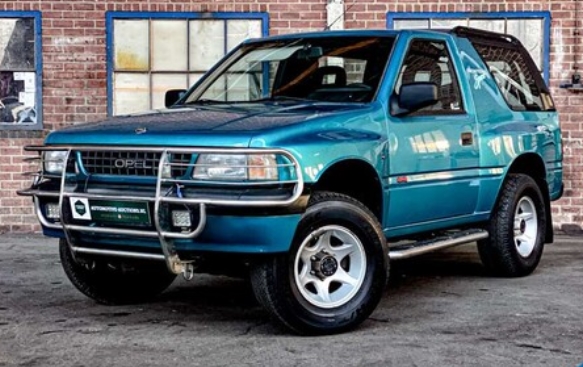The Evolution of the Opel Signum
The Opel Signum stands as a distinctive example of early 21st-century automotive design, blending the practicality of a station wagon with the sporty elegance of a coupe. Introduced as a unique offering within Opel’s lineup, the Signum’s development and production history reflect the brand’s efforts to innovate within the premium midsize segment. This article chronicles the evolution of the Opel Signum, detailing its production years, models, trim levels, and key features.
Introduction and Background
Launched in 2003, the Opel Signum was conceived as a successor to the Opel Omega, aiming to appeal to customers seeking a versatile, stylish, and comfortable vehicle with a touch of luxury. Its design was notable for its distinctive, coupé-like silhouette combined with a spacious interior, making it stand out in the segment. The Signum was built on Opel’s Epsilon platform, shared with models such as the Vectra and the Saab 9-3.
Over its production span, the Signum underwent minimal exterior changes but saw updates in engine options, trim levels, and technological features. Its production concluded in 2008, after which it was succeeded by other Opel models.
Production Timeline and Model Overview
Production Years: 2003 – 2008
The Opel Signum was produced from 2003 through 2008, with its debut at the Geneva Motor Show in March 2003. Its lifecycle was relatively short but impactful, with the vehicle emphasizing comfort, space, and a premium feel.
Key Model Variants and Trims
Throughout its production, the Signum was offered primarily in three main trim levels, with variations depending on the market and model year. These trims included:
- Signum Elegance
- Signum Sport
- Signum Cosmo
Each trim level was associated with different features, equipment levels, and engine options.
Detailed Model and Trim Evolution
2003 Launch: The Introduction of the Opel Signum
At launch, the Opel Signum was introduced with a focus on providing a luxurious and versatile vehicle. The initial lineup was relatively straightforward, with two main trim levels:
- Signum Elegance: The base model emphasizing luxury and comfort, equipped with features such as leather upholstery, automatic climate control, and alloy wheels.
- Signum Sport: A sportier variant with sport suspension, unique interior trim, and exterior styling cues.
Engine Options at Launch
Initial engine offerings included:
- 2.2-liter 4-cylinder petrol (150 PS)
- 3.2-liter V6 petrol (211 PS)
- 2.0-liter Turbo Diesel (136 PS)
- 3.0-liter Turbo Diesel (177 PS)
These engines were paired with either a five-speed manual or a four-speed automatic transmission, depending on the variant.
2004-2005 Updates: Mid-Cycle Refresh and New Features
In 2004, Opel introduced minor updates to keep the Signum competitive. These updates included:
- Exterior tweaks: Slight revisions to headlights, grille, and bumpers.
- Interior enhancements: Improved materials and added equipment such as dual-zone climate control and optional navigation systems.
- Engine updates: Introduction of more efficient diesel engines, including the 1.9-liter CDTI diesel with 120 PS and later 150 PS.
Throughout this period, the trim hierarchy remained largely unchanged but offered additional optional packages:
- Comfort Package: Upgraded upholstery, better sound system, and parking sensors.
- Sport Package: Sport suspension, unique alloy wheels, and exclusive interior trim.
2006-2008: Final Years and Discontinuation
In its later years, the Signum saw the addition of more advanced technology and engine options:
- Engine Range Expansion:
- 1.9-liter CDTI diesel with 120 PS and 150 PS
- 2.8-liter V6 turbo petrol (280 PS) available in the high-performance Signum OPC (Opel Performance Center) version.
- Trim Levels:
- Signum Elegance: Continued as the entry-level luxury trim.
- Signum Sport: Focused on handling and style.
- Signum Cosmo: The top-tier trim offering the most equipment, including premium audio, larger alloy wheels, and leather upholstery.
- Signum OPC: The high-performance variant introduced in 2006, featuring a 2.8-liter V6 turbo engine, sport-tuned suspension, and aggressive styling.
Special Models and Editions
- Signum OPC (2006-2008): The high-performance model was designed for enthusiasts, with enhancements including sport brakes, sport exhaust, and a more aggressive body kit.
- Limited Editions: Opel occasionally released special editions such as the “Signum Sport” with unique paint and interior options.
Features and Technological Innovations
Throughout its production, the Opel Signum evolved to incorporate advanced features:
- Interior Comfort: Leather upholstery, heated seats, and dual-zone climate control.
- Infotainment: Navigation systems, premium audio, and Bluetooth connectivity became available in later models.
- Safety: Side airbags, stability control, and parking assistance systems.
- Driving Dynamics: Sport suspension and optional sports packages for enhanced handling.
.
THIS might be a great place to get your new car from!
Or for those who are into the “car flipping” business, here’s an excellent resource for you!

.
End of Production and Legacy
The Opel Signum’s production concluded in 2008, with Opel shifting focus to other models such as the Opel Insignia, which effectively replaced the Signum in the company’s lineup. Despite its relatively brief production span, the Signum remains notable for its unique design, versatile interior, and the high-performance OPC variant.
Its distinctive silhouette and combination of practicality with sporty styling have garnered it a niche following among enthusiasts and collectors.
Summary Table: Opel Signum Production and Variants
| Year Range | Main Models / Trims | Notable Features / Engines | Special Editions / Variants |
|---|---|---|---|
| 2003-2004 | Elegance, Sport | 2.2L petrol, 3.2L V6 petrol, 2.0L turbo diesel | Initial launch models |
| 2004-2005 | Elegance, Sport | Introduction of 1.9L CDTI diesel, updates | Comfort and Sport packages |
| 2006-2008 | Elegance, Sport, Cosmo, OPC | 1.9L diesel, 2.8L V6 turbo, OPC version | OPC performance model, limited editions |
Conclusion
The Opel Signum is a reflection of early 2000s automotive innovation, emphasizing a blend of luxury, versatility, and sporty appeal. Its evolution from 2003 to 2008 saw incremental updates in styling, technology, and engine offerings, culminating in a range of models that catered to different customer preferences—from comfort-focused drivers to performance enthusiasts.
While it was discontinued after just five years, the Signum’s unique design and features have left a lasting impression, and it continues to be appreciated by enthusiasts for its distinctive character and engineering.







